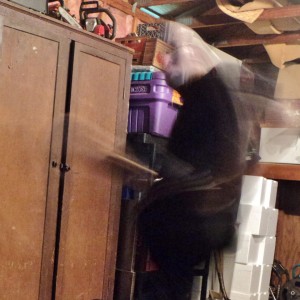 There was a legend that when ninjas were growing up they would plant a tree. Every day they would leap over that tree, and as it grew they’d increase their leap over time. Once it grew too high to jump over, then they’d plant another one and start over.
There was a legend that when ninjas were growing up they would plant a tree. Every day they would leap over that tree, and as it grew they’d increase their leap over time. Once it grew too high to jump over, then they’d plant another one and start over.
Great story, Mr Miyagi, but what does that have to do with learning the guitar?









